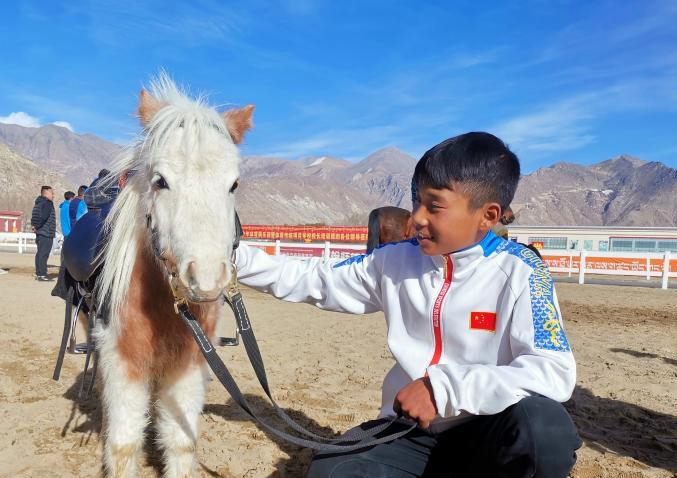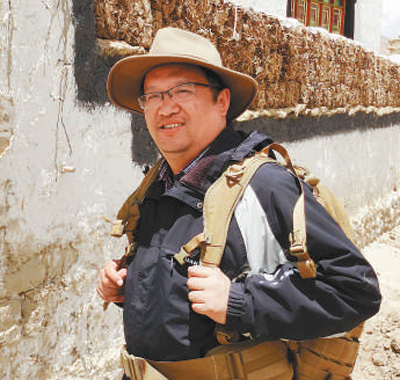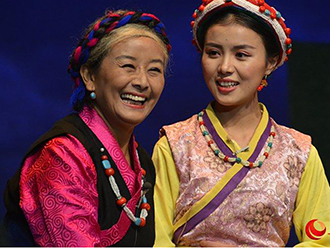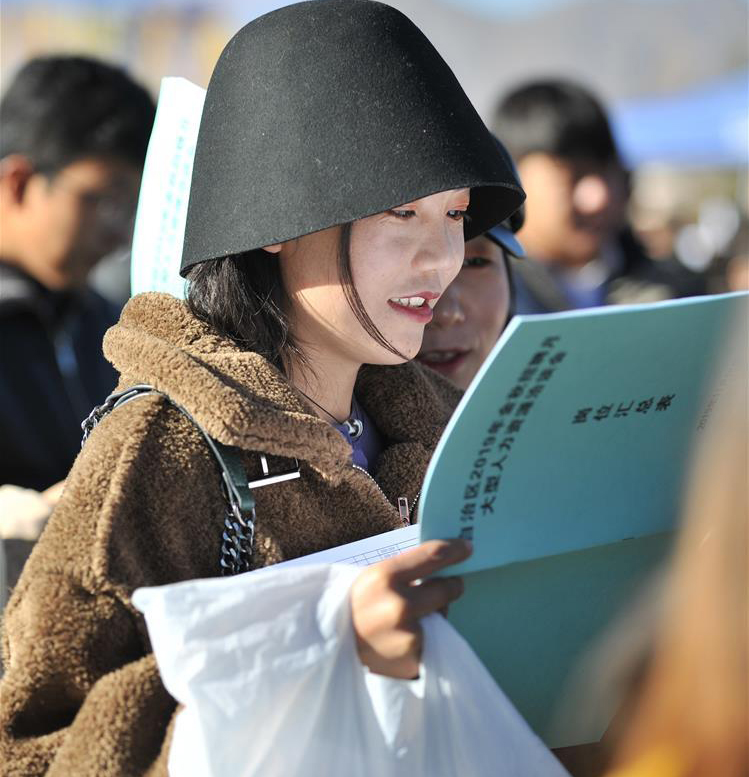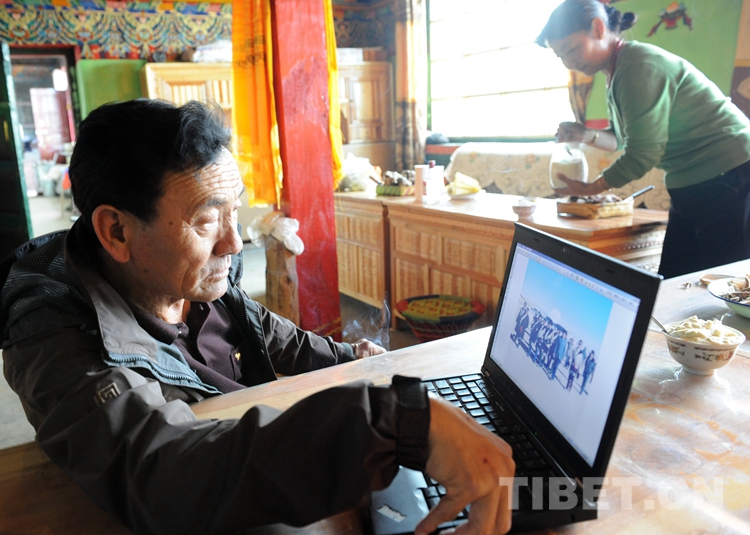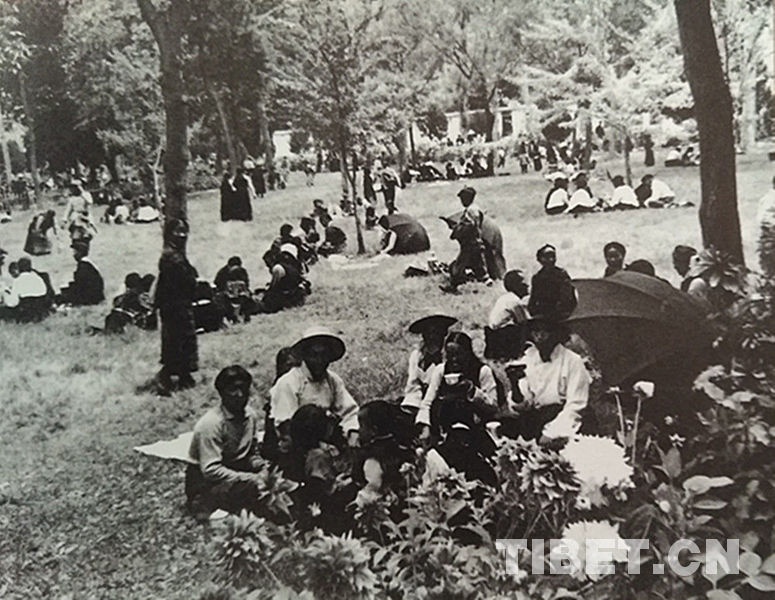70 Years on: Drawing the newest, most beautiful blueprint on Tibetan Plateau

Photo shows the archive of Lhasa new town in the 1980s.

Photo shows the archive of new residences in Tibet in the 1980s and 1990s.
"Looking back at Lhasa when we first entered Tibet, the cityscape was so small. The most modern building was a three-story post and telecommunications office in the eastern suburbs. The main paved road was Renmin Road, and each department was surrounded by yellow adobe walls. Inside the walls were rows of simple, single-story adobe houses with iron sheet roofs." Chen Jin, former director of the Housing and Urban-Rural Development Department for the Tibet Autonomous Region, came to Tibet in 1977 and personally witnessed the construction of Tibet since Reform and Opening-up.
Speaking of the iron housing in cities and towns across Tibet before the 1980s, Chen Jin recalled: "The iron sheet was a good thing. It can be said that at that time, a sheet of iron was equivalent to the luxury goods of today. It could be made into a lot of household items: water buckets, kerosene stoves, laundry tub, it could be used for many daily household items.
Due to historical reasons, the infrastructure in Old Tibet was very backward. In 1951, when the People's Liberation Army entered Tibet, Tibet began its comprehensive construction. From 1952 to 1958, investment into Tibet's infrastructure construction totaled 112.782 million yuan (about 16.02 million US dollars) (excluding special investments into the Qinghai-Tibet and Kham-Tibet Highways). After democratic reforms in 1959, about one million of serfs in Tibet became the masters, and they pushed Tibet's construction to new heights. Even during the three-year natural disaster period, under extremely difficult conditions, the central government still invested in the construction of the Lhasa Ngachen Power Station, the Lhasa People's Radio Station, the Lhasa Cement Plant, the Lhasa Agricultural Tools Factory, and Sheling Dorje Potrang, a palace of the Panchen Lama. In 1963, Tibet's infrastructure construction was revived further, and projects such as a fully-functional commercial warehouse, the Lhasa Bridge, the Lhasa City Water Project, the Lhasa Power Plant, the Lhasa City Hospital, the Tibet Autonomous Region Transmission Station, and other projects closely related to people's lives were completed. That year, the total investment into infrastructure projects was 18.877 million yuan (about 2.68 million US dollars).
"By the time I came to Tibet, the living and working conditions of the builder were much better than the previous generation in Tibet. The soldiers of the 18th Army who entered Tibet also built roads as they came. We can't imagine how many hardships they had to endure, so we didn't say anything about the bitterness we ourselves experienced," Chen Jin said. He said that there have been three construction surges in Tibet in the last century.
The first surge was done in order to welcome the establishment of the Tibet Autonomous Region. In February 1965, the Tibet Working Committee and the Tibet Autonomous Region Preparatory Committee invested more than 90 million yuan (about 12.79 million US dollars) to build eight asphalt roads in the Lhasa urban area, including the Renmin Road, and iconic buildings such as the Lhasa Xinhua Bookstore, The Workers' Cultural Palace, and the Yingbin Hotel. This formed a new, reasonable urban layout in Lhasa, and the city took on a new look.
The second surge of construction was done in order to celebrate the 20th anniversary of the founding of the Tibet Autonomous Region. The Party Central Committee and the State Council determined that the municipalities and provinces of Beijing, Tianjin, Jiangsu, Zhejiang, Fujian, Shandong, Sichuan, and Guangdong would assist Tibet in 43 construction projects. Nearly 500 million yuan (about 71.06 million US dollars) was invested into these projects that radiated out into each region in Tibet. These projects greatly improved the urban appearance and infrastructure in Tibet and promoted the development of construction work in Tibet.
The third surge came with the Third Tibet Work Symposium. The Party Central Committee and the State Council determined that the whole country would put into effect the policy of pairing-up support for Tibet and help build 62 projects that were urgently needed for Tibet's economic and social development. The budget for these projects was 2.38 billion yuan (0.34 billion US dollars) , which actually reached 4.6 billion yuan (0.65 billion US dollars). The completion of these projects has played an important role in promoting Tibet's economic and social development, improving Tibet's transportation, energy, communications, and other infrastructures that had been relatively lacking. The projects have also played important roles in developing advantageous industries and improving people's lives. At the same time, they have had a positive impact on maintaining Tibet's stability.
"I caught up with the two previous construction surges, and I have been working with the Tibet Autonomous Region Architectural Survey and Design Institute. This institute was established at the same time as the Tibet Autonomous Region. In terms of large-scale construction in Tibet, in addition to planning and designing new buildings, we also pay special attention to the maintenance and preservation of ancient buildings. My colleagues and I have personally participated in the maintenance and preservation of ancient buildings such as the Potala Palace, the Jokhang Temple, Samye Monastery, and Sakya Monastery, which has contributed to the preservation of traditional ethnic cultural heritage."
In the new century, Tibet's various undertakings have entered the fast lane. The construction of railways, reservoirs, educational and medical facilities, and small townships vigorously developed. Since the 18th National Congress of the Communist Party of China, various development undertakings in Tibet have especially tilted towards the base level and to the farmers and nomads, so that the people have an strong sense of fulfillment. Construction of airports, highways, new rural villages, nomads' settlements, modern medical facilities, ancient building maintenance, and relocation settlements for poverty alleviation have sprung up in rapid succession.
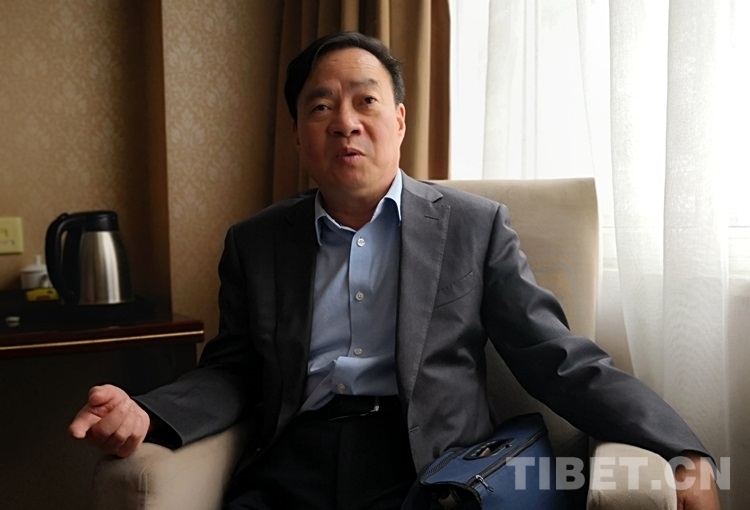
Photo shows Chen Jin is being interviewed.
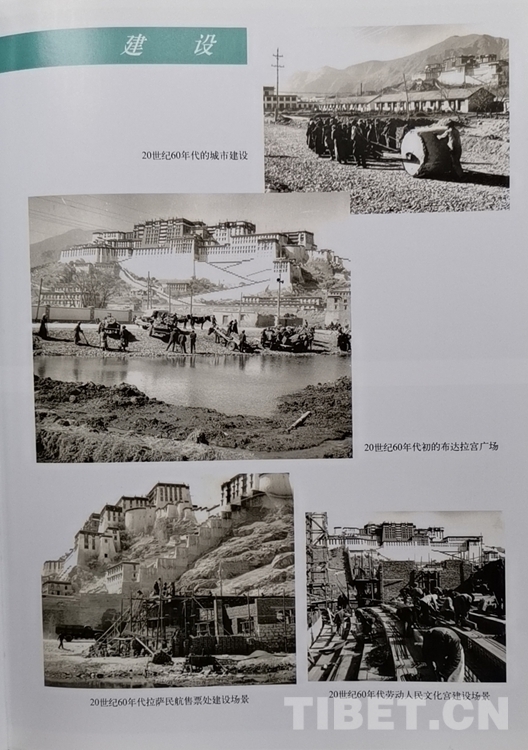
Photo shows the archive of urban construction in Lhasa in the 1960s.
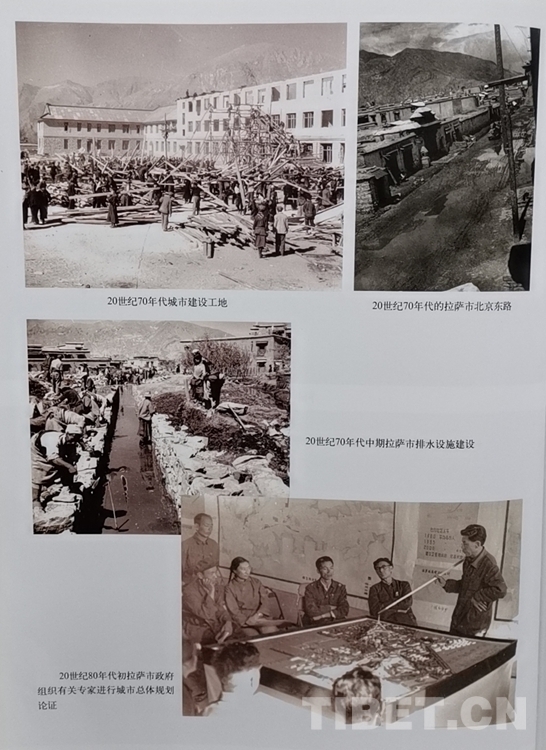
Photo shows the archive of urban construction in Lhasa in the 1970s.
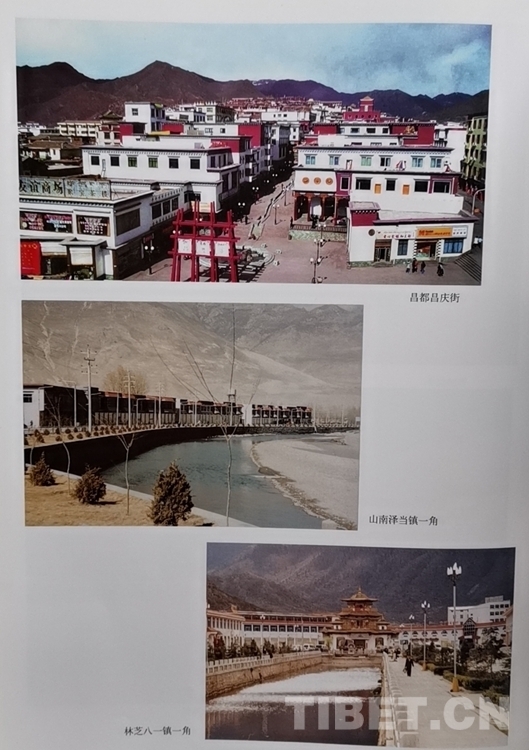
Photo shows the archive of new towns in Tibet in the 1980s and 1990s.
Editor: Tommy Tan.
Tibet Stories
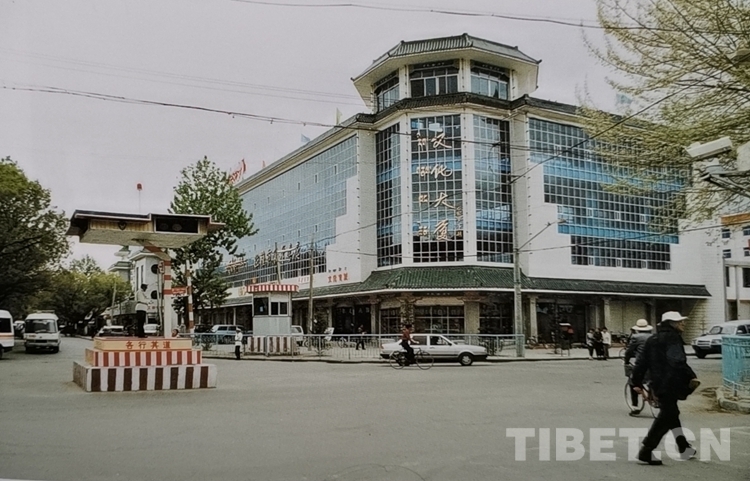
70 Years on: Drawing the newest, most beautiful blueprint on Tibetan Plateau
There have been three construction surges in Tibet in the last century.
